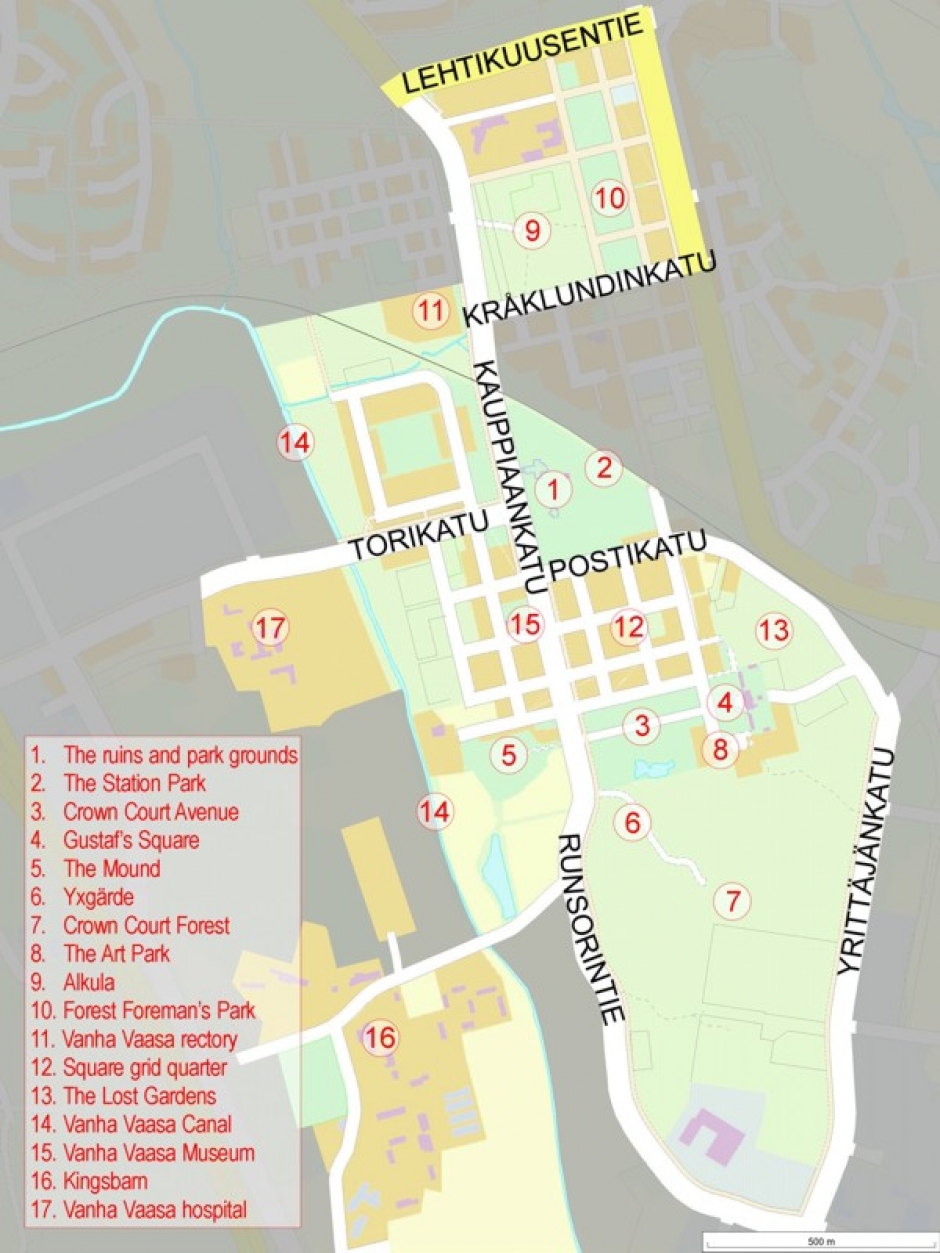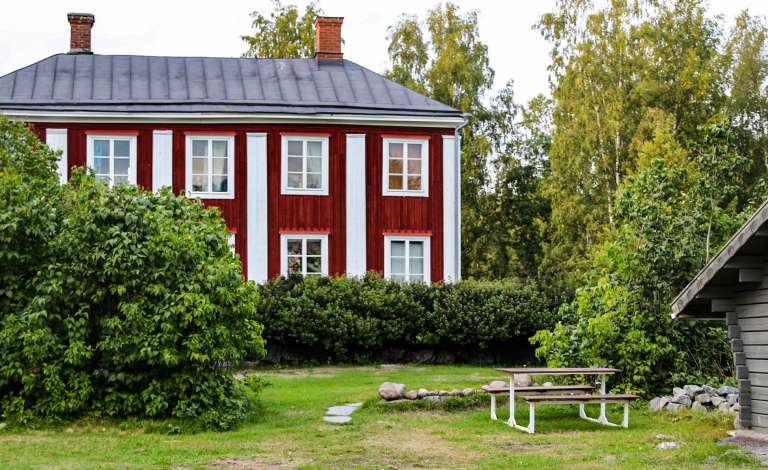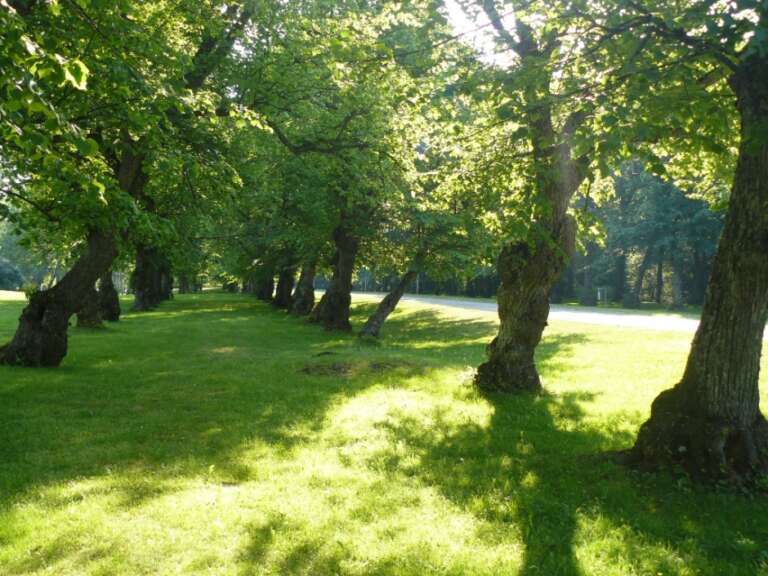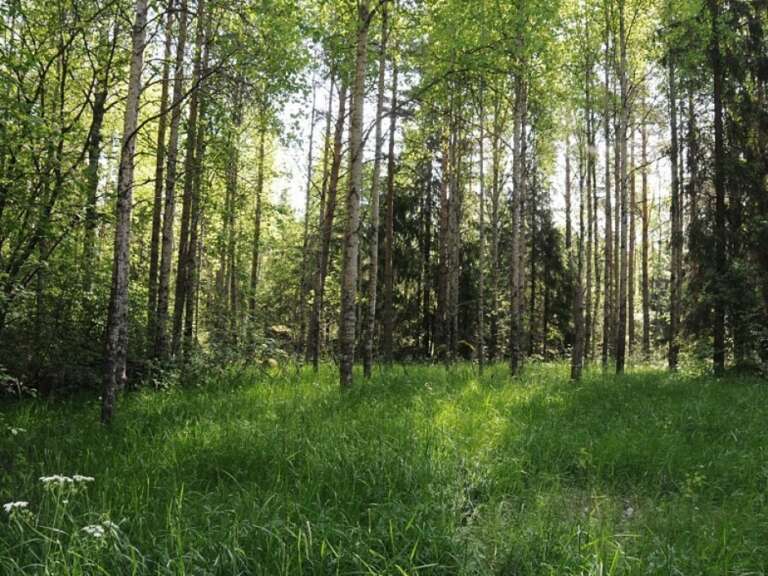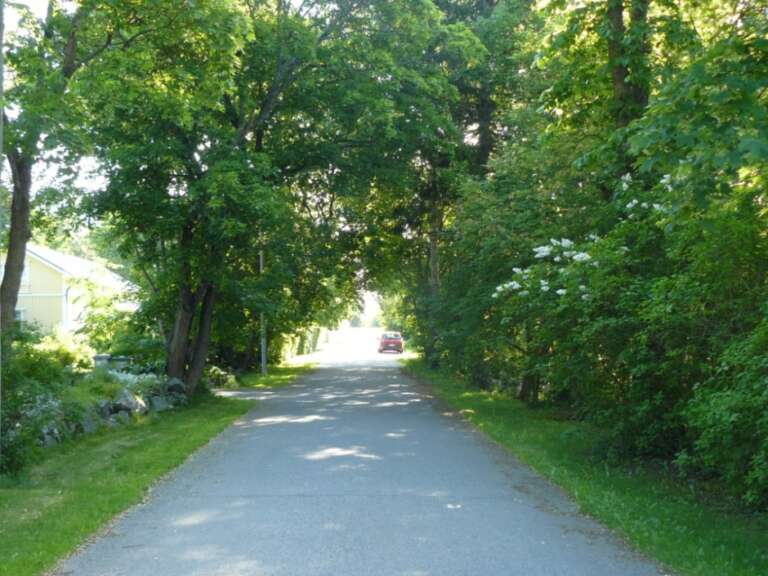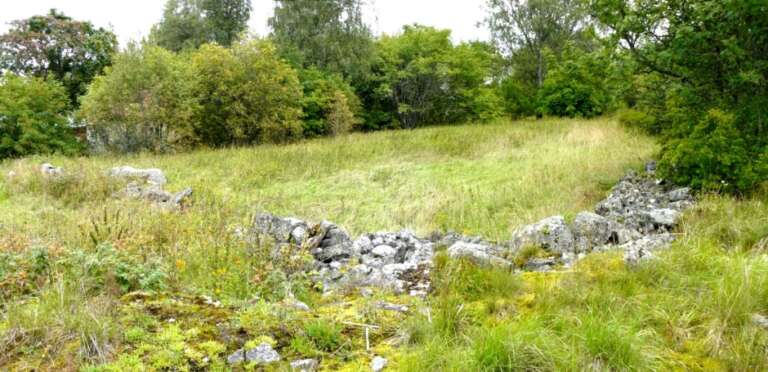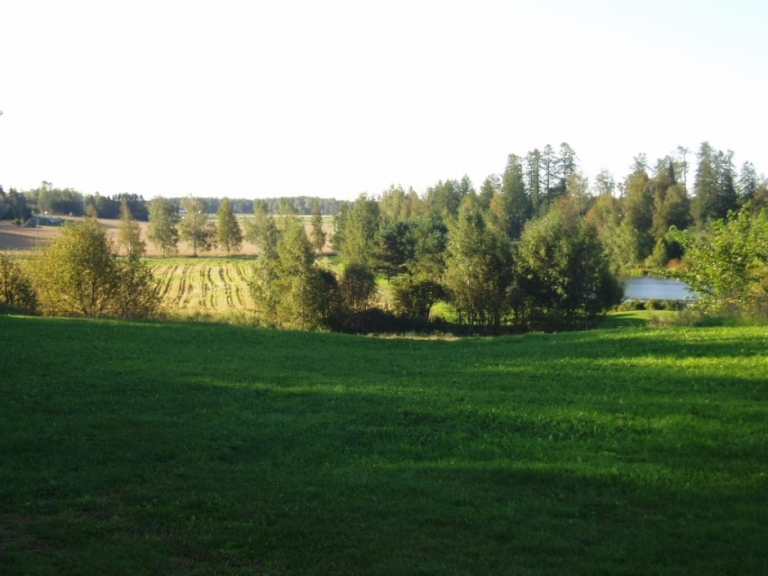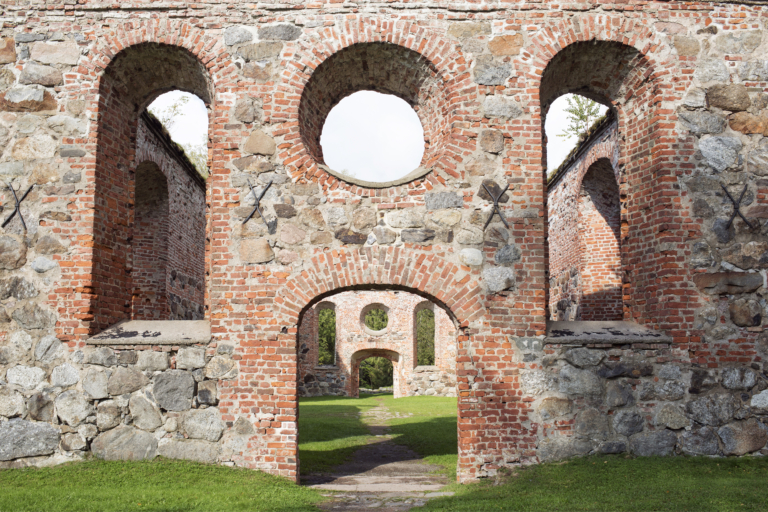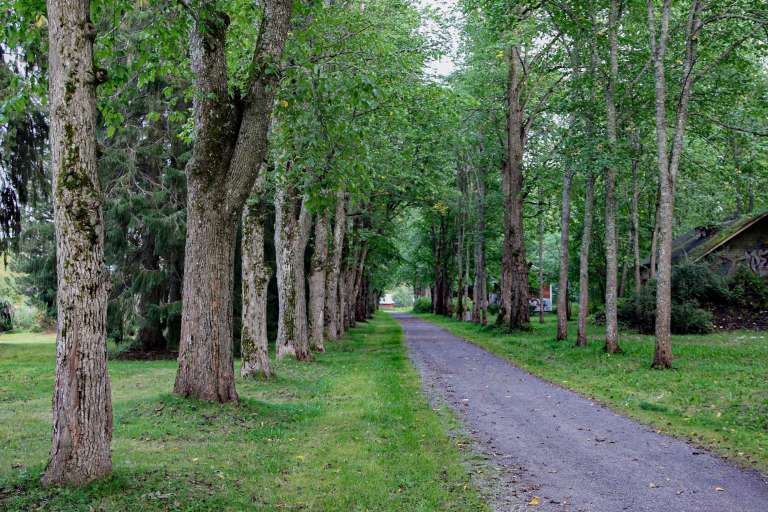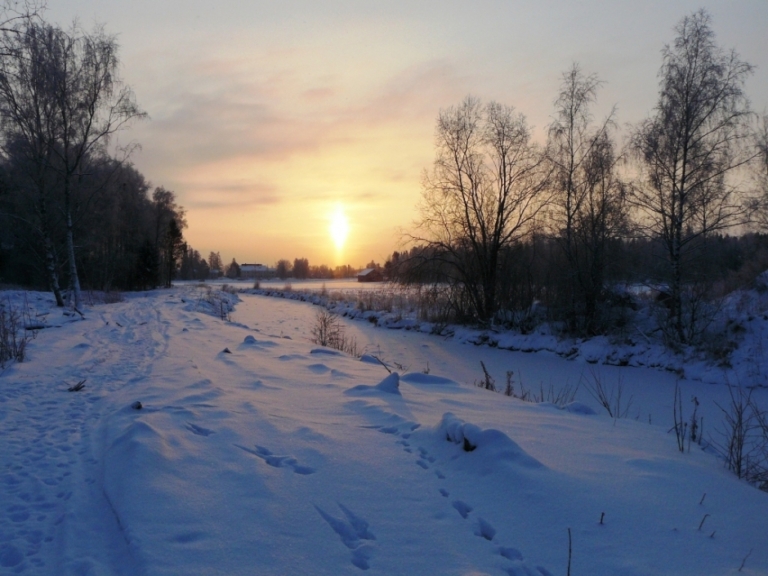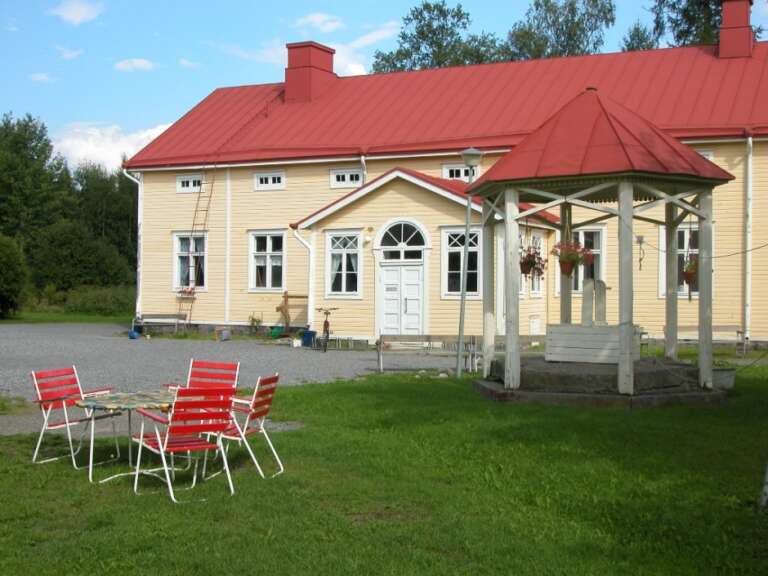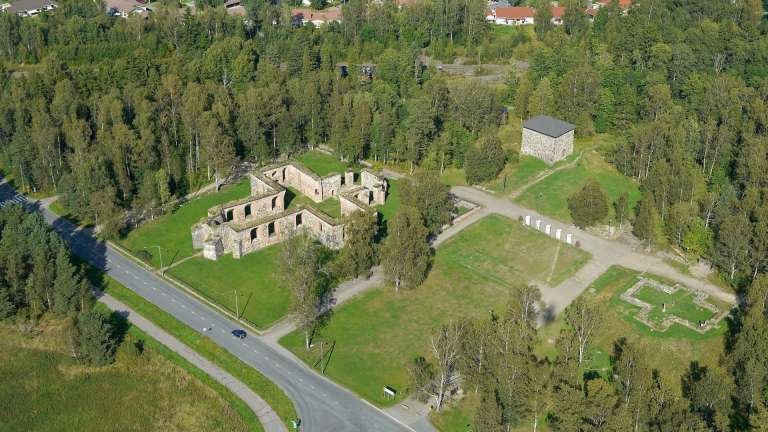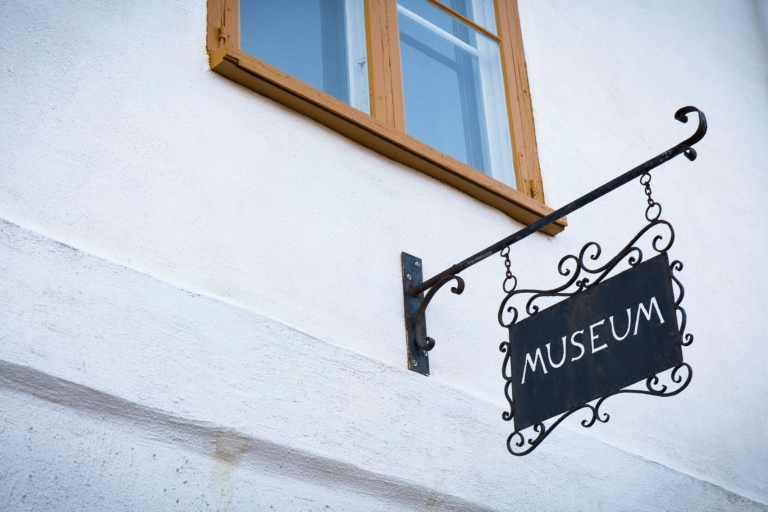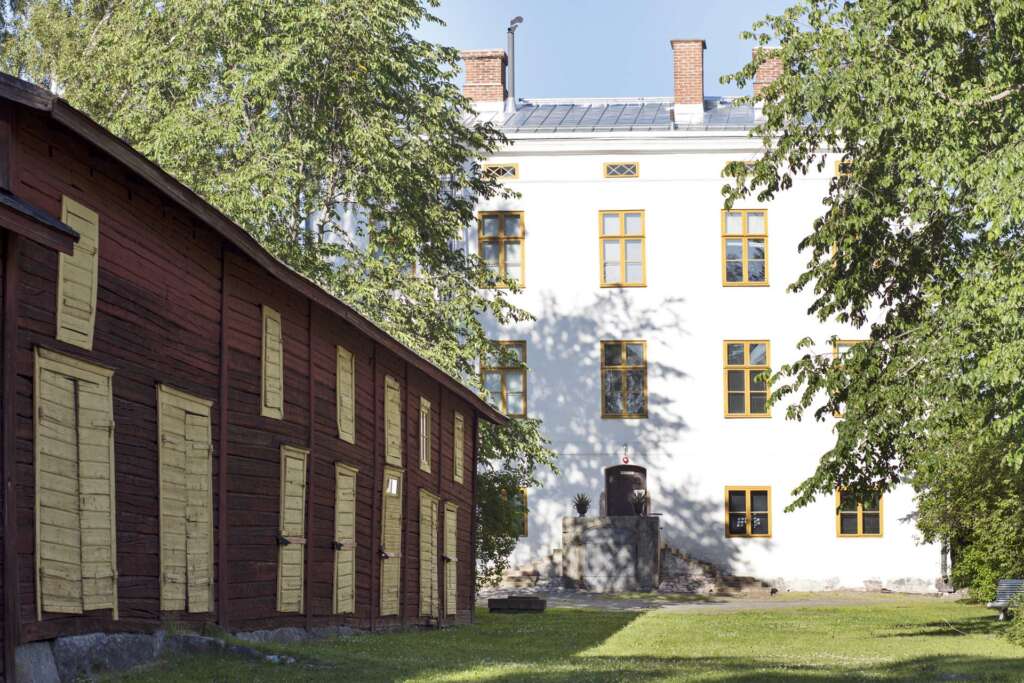
Old Vaasa
Vanha Vaasa, or ‘Old Vaasa’, is situated approximately 7 km southeast of Vaasa city centre and is classified as a valuable landscape area of national significance. Vanha Vaasa is an area with much to offer, embodying sights and attractions reflecting culture, ancient history, settlement and natural beauty. The land uplift phenomenon is highly significant in the history and landscape of the area. It is estimated that the land rose from the sea here roughly 1000 years ago. In the second half of the 14th century, Korsholm Castle was erected and used as the administrative centre for the area.
Vaasa city was founded in 1606 by King Karl IX. The city developed around the Church of Holy Mary, a well-built stone building, and during the 17th and 18th centuries a symmetrical street plan was devised for the newly establishing settlement. The aim was to create a ‘green garden town’, both for aesthetical pleasure and also as a safety tactic for fire prevention. Following a decision by King Gustav III, Superintendent Carl Fredrik Adelcrantz drew a town plan in 1777, which included the Crown Court Avenue. This green pedestrian area was to be established, according to the king to “enhance the beauty of Vaasa and indeed the whole country”.
In 1852 a devastating fire raged through the city and very few buildings escaped destruction. The courthouse was one of these fortunate buildings. The lime trees forming the double avenue of the Crown Court were planted between 1836 and 1842, of which also escaped the fire. The only private stone house of the city, owned by the wealthy bourgeois Abraham Falander (ennobled Wasastjerna), also survived the fire and today functions as the Vanha Vaasa Museum.
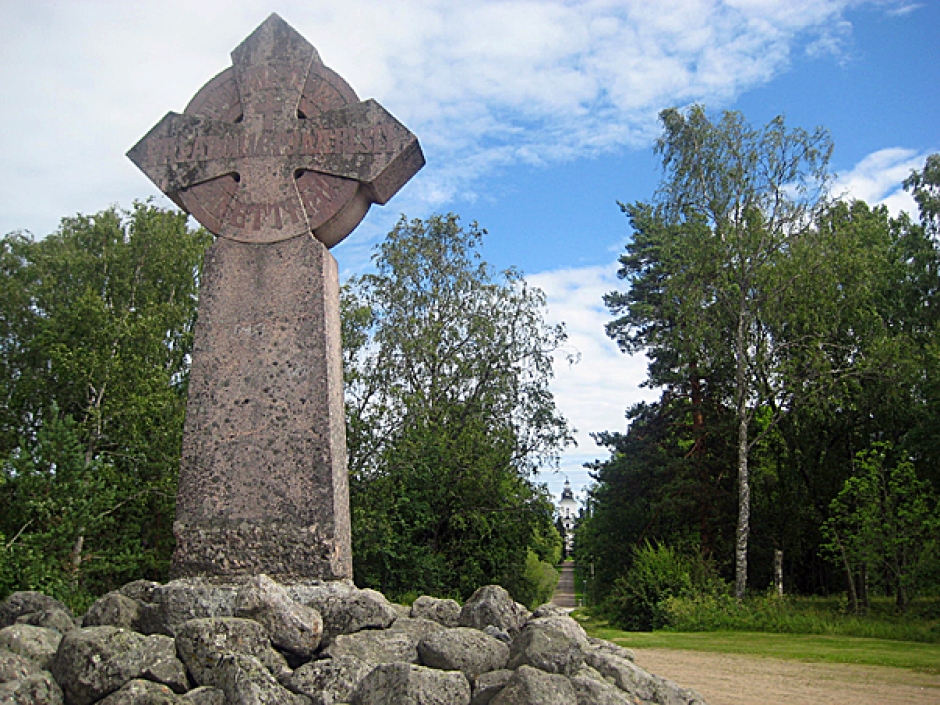
The city quarters also luckily escaping destruction in the fire, were located outside the dense city, such as Alkula, where the A.A. Lévon mansion area was located. This was also the case with the Vanha Vaasa hospital, which moved to its current location on the western side of the city adjacent to the canal in 1818. The current building, designed by C.L. Engel, was built from 1841 to 1844. The beautiful park area, with the hardwood tree plantings, was founded in the 1840’s. Along the southern area of the canal also out of reach of the fire, lies the Kingsbarn Park (Kuninkaankartano), founded in 1556 by King Gustav Vasa. In accordance with Royal decree, agricultural education began in the area in 1859. The Kingsbarn Park is currently under the administration of the Vocational Academy of Ostrobothnia and still functions as an educational facility. The park area is decorated with lawn areas, flower beds, old trees and tree alleys as well as an arboretum.
After the fire, officials and city planners decided to move the city six kilometers to the coast, as the land uplift was increasing the distance to the sea. The regional landscape of Vanha Vaasa was transformed into grasslands and once the Crown Court relocated in 1863 to the ‘new Vaasa’, the former building was refurbished and became the Mustasaari Church. By the 1880’s, the construction of the Vaasa railroad had begun and a station building was erected in Vanha Vaasa. However, the area did not begin repopulating until the 1920’s.
